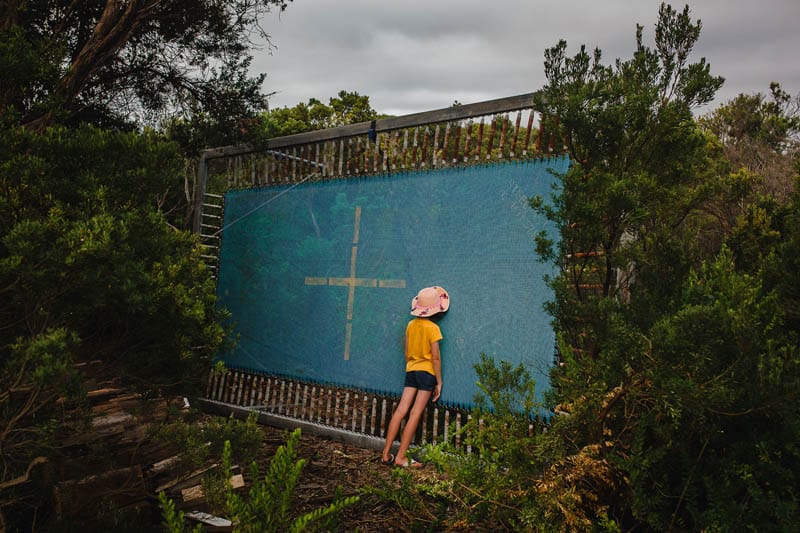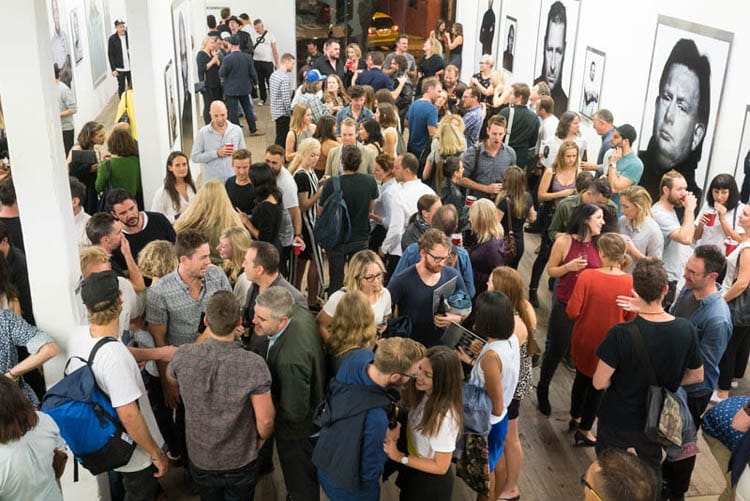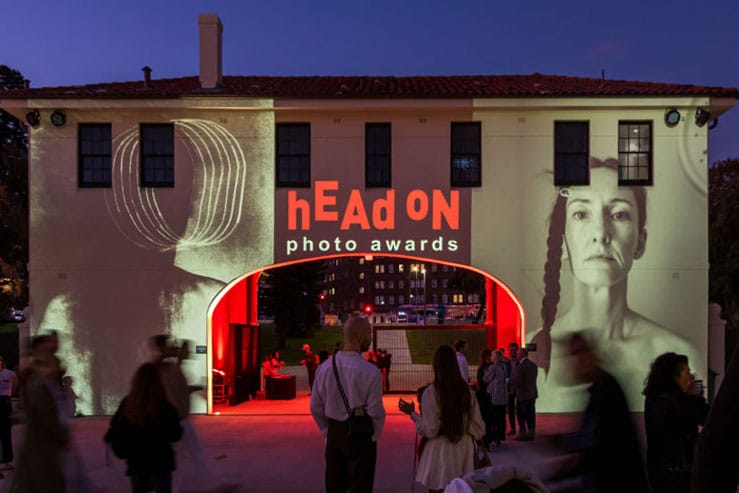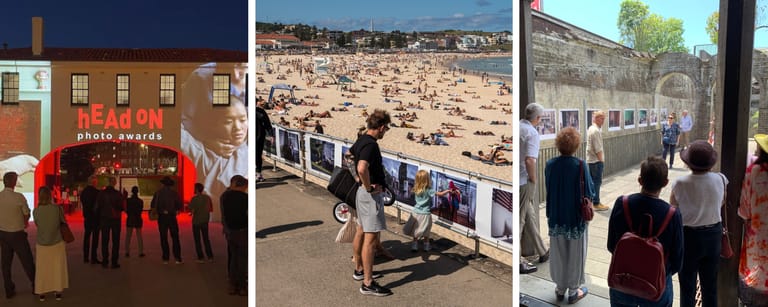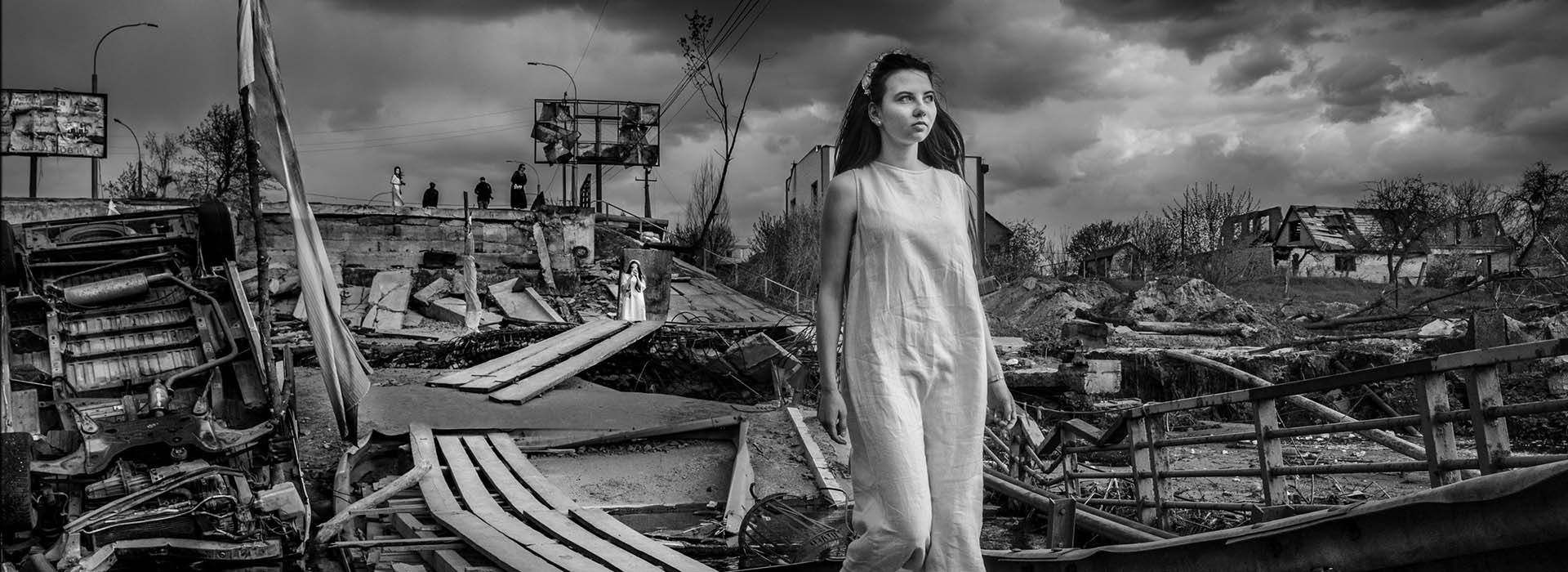Image credit: Finding Dorothy, Rowena Meadows
We often hear photographers declare (usually with their hands up like they’re turning themselves in for a crime) “I’m no writer!” But like it or not, when it comes to photography competitions, the text you submit with your photographs can make or break your submission.
So, with the deadline for the Head On Photo Awards fast approaching, we are here to help you write in a way that grabs judges’ attention and is also true to you and your work!
Titles
Keep it short
While every image may say a thousand words – your title shouldn’t. Every word should have its place and space to breathe. A good trick – don’t use more than one conjunction word (e.g. and, or, but, for, etc.) in a title.
Untitled?
There’s nothing wrong with “Untitled” – why mess with a classic? But it should never be used as a cop-out for coming up with an actual title. If your image is untitled, ask yourself why, and have a good answer to back it up; believe me, someone will ask!
Perhaps it’s untitled because it is not your story to name, like Ian Flanders’ Untitled, Head On Photo Awards, 2016
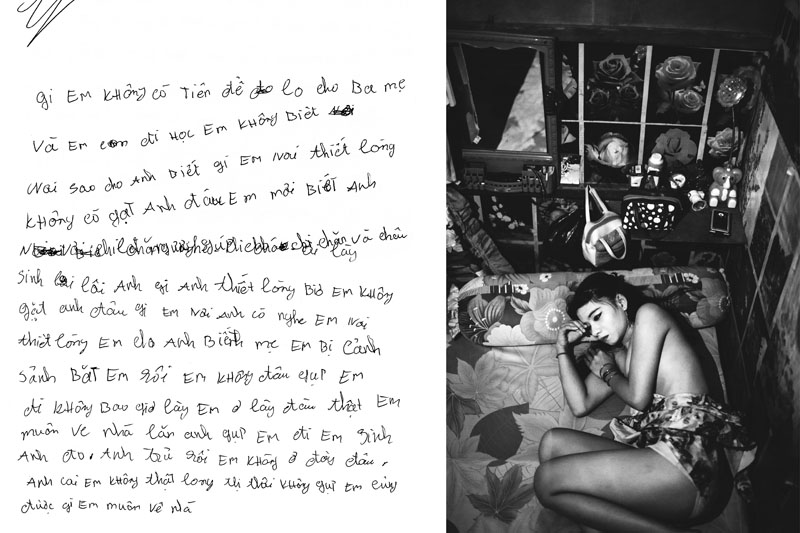
Image credit: Ian Flanders
Avoid adjectives
Your title shouldn’t be superfluous to your photograph; they should be treated as symbiotic elements working in unison. Tell us something the picture can’t – if it’s a photo of a woman holding her lost, now found cat – tell us their names.
(And don’t worry, this doesn’t mean you have to lose all sense of ambiguity!)
Instead of: “Layla reunited with her lost cat Sally”, try “Layla and Sally, together again.”
Don’t explain, expand
While many would argue that a good photograph shouldn’t need text, it’s best not to resent the tools you are given. While your photo may not need any explanation, your written description can highlight, expand or even challenge how a viewer might interpret your image.
Take Jasmine Poole’s Goodbye gongon (grandpa), Head On Photo Awards 2008
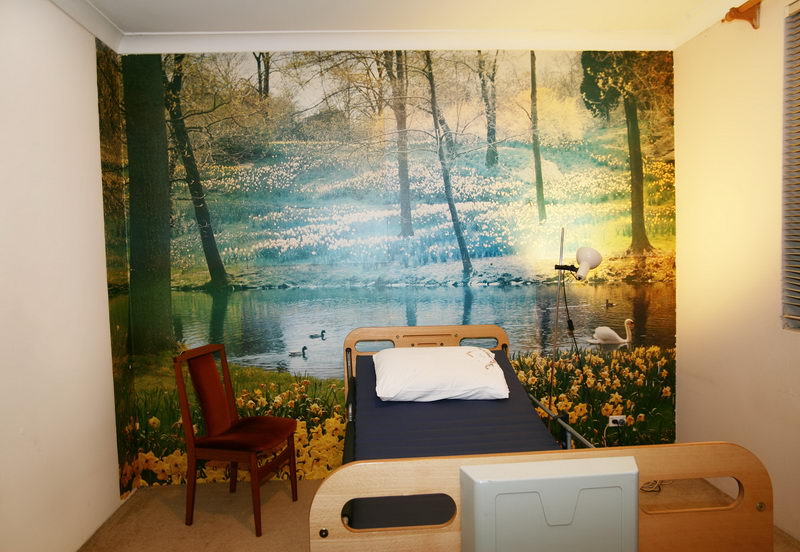
Image credit: Jasmine Poole
The image by itself is strange and unsettling but married with the title, the photograph is catapulted from uncanny to emotionally devastating.
Image text
Rethink structure
Being a photographer gives you a leg up when writing. Like a photograph, your text should grab your audience from the moment they see it.
So, it’s best not to think about writing how we traditionally do. Image text doesn’t need a beginning, middle and end.
While it may help to start writing with sentences like “This image explores…” or “In this photograph, I wanted to…” when you have finished writing, go back and delete these introductory sentences. You will be left with writing that gets straight to the point.
For example, Therese Maher’s Monday bloodnose, Head On Photo Awards 2021
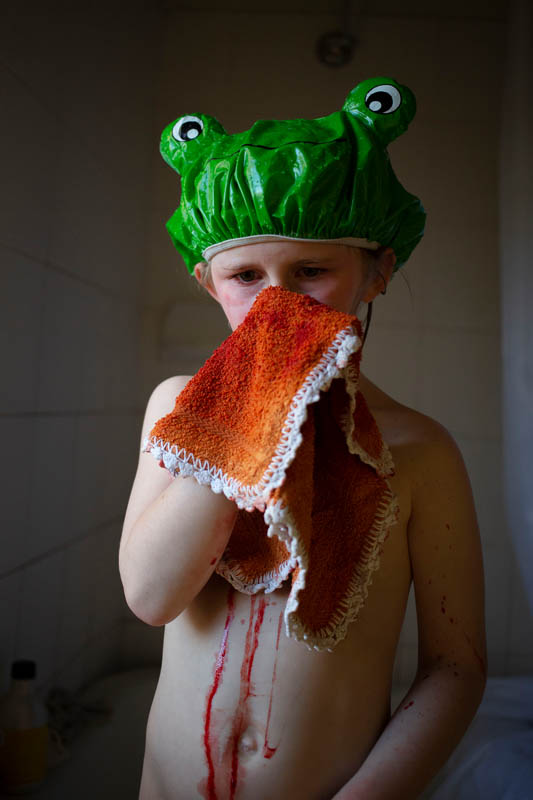
Image credit: Therese Maher
My daughter has been experiencing spontaneous nosebleeds lately. This one in the shower was particularly heavy. I wanted to document her ‘growing pains’ and asked her to step forward into the window light.
We get who this is, what is happening, and how this connects to the photographer from the first line.
Be simple and succinct
This means in length (which should be kept as short as possible!) and in the language you use. While using a long word that entirely encapsulates a concept may seem economical, if the reader doesn’t understand the word, you haven’t saved time; you’ve wasted it.
And if you have to use a big word, ensure you make its meaning plain. You don’t necessarily need to provide a definition, but the context of the writing should make the word’s meaning clear.
Read the text out loud
Judging for photo competitions may happen in a meeting setting – this means someone will read your text aloud to all the judges. Don’t let the judging be the first time this happens. Read it out loud to a colleague, friend, or even yourself. Make sure the structure of your sentences flows in a way that everyday speech does. The person who will be reading your text will have had a long day and may not perform your carefully written text with the same gusto that you do.
Be honest!
Don’t make up meanings or complex themes. It won’t have the payoff you are hoping for. Photographs don’t lie, and neither should you. If you took the photo just because the light hit right and you already had your phone in your hand, be honest about the moment – we can all relate to spontaneity.
Take, for example, Mark Forbes’ Perfect stranger, Head On Photo Awards, 2021

Image credit: Mark Forbes
Sometimes a photo is asking to be taken. This was the case when a perfect stranger walked into the restaurant where I was eating, and I happened to have my camera with me. Sometimes all you have to do is ask. Thanks to Terry for being up for this portrait.
No photo jargon, no tech speak
The equipment does not create the picture, so why mention it? Avoid using brands, models, camera setups etc. Talking about the equipment reduces the importance of your contribution and also it’s quite boring.
No art-speak
Need convincing? Check out Arty Bollocks








